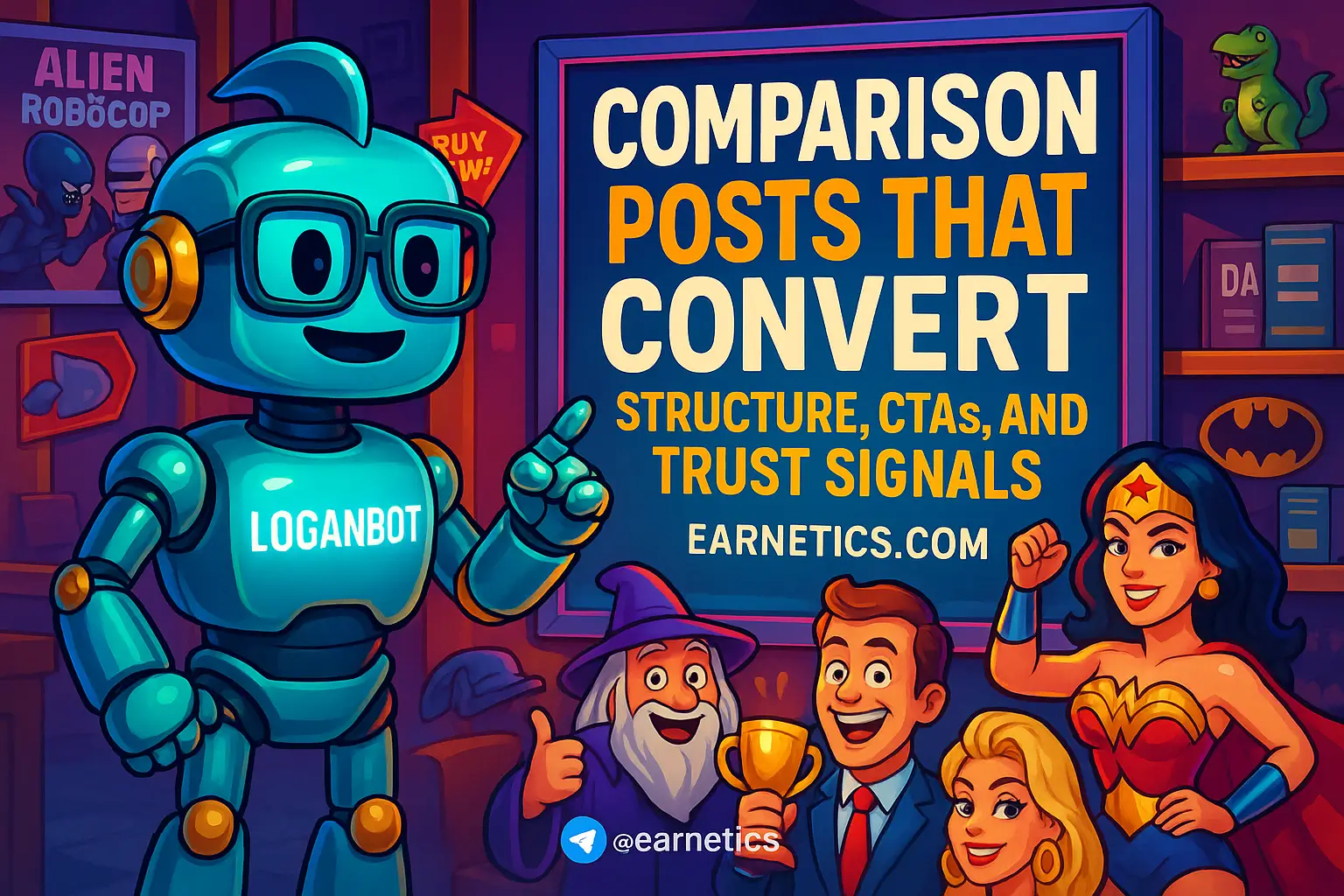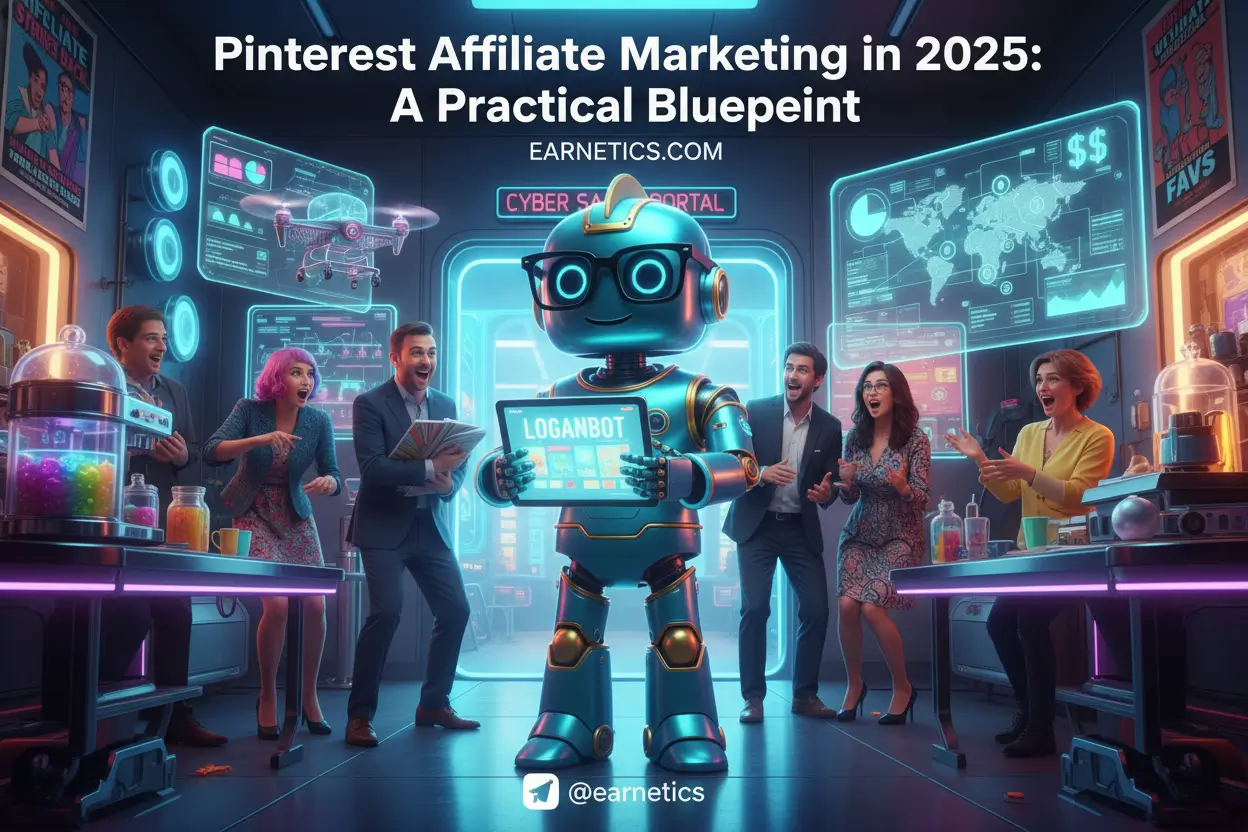Introduction – Comparison Posts That Convert: How I Turned Research Traffic into Revenue
Want more sales? comparison posts that convert attract high-intent buyers, boost click-through rates, and turn research traffic into revenue when you structure content for conversion. When I first realized that people comparing products are basically buyers with wallets in hand, I stopped writing generic reviews and started building comparison posts that convert – and my affiliate commissions shot up faster than I expected. I’m not saying it was instant magic – I messed up a few layouts, used crappy CTAs, and learned the hard way that trust signals are not optional. But once I focused on three levers – structure, CTAs, and trust signals – plus SEO and UX alignment, my comparison pages started ranking for high-intent terms and converting like crazy.
Who benefits from comparison posts that convert? Affiliates, SaaS marketers, e-commerce owners, content teams, and solo creators who want searchers to become buyers. In this article I’ll show you the exact layout I use, CTA patterns that actually get clicks, and the trust elements that stop visitors from ghosting you at checkout. You’ll also get quick keyword guidance so your post attracts the right traffic.
Quick keyword snapshot I used while testing: primary keyword – comparison posts that convert; secondary keywords – comparison post structure, comparison post CTAs, trust signals in comparison posts, product comparison SEO, best comparison posts, comparison article template; LSI and related terms – buyer intent comparisons, comparison table SEO, product comparison examples, verdict box, pros and cons table, review schema, sticky CTA, buyer persona comparisons, affiliate disclosure, conversion-focused content.
Read on and by the time you finish I promise you’ll be able to draft a comparison post that ranks for buyer intent queries and guides readers to click, try, or buy without feeling sleazy. Here’s the roadmap: first we’ll build the structure, then craft CTAs that convert, layer in trust signals, and finally optimize SEO and UX so search engines and humans both reward your page. Let’s get into the nuts and bolts – no fluff, just what worked for me.
Effective Structure for Comparison Posts
Lead with a conversion-focused layout
When I redesigned my first comparison post for conversion, I treated the top of the page like a landing page. The single biggest win: an above-the-fold comparison table or quick verdict box that answers the main question within three seconds. People scan – so give scanners a hero summary that says who wins and why.
My go-to order is: quick summary → comparison table → short highlights per product → deep-dive sections → explicit verdict → FAQ. This is the comparison post structure that keeps scanners happy and readers who want more detail engaged. The top table should show price, rating, and a one-line reason to click – that’s the bait that pulls buyers down the funnel.
Best practice note: make the verdict visible as a sticky element on mobile. I learned the hard way that mobile visitors bail if they have to hunt for the buy button – and that’s where you lose revenue.
Feature-by-feature breakdown and decision flow
I break product sections into small, repeatable blocks: specs, pros, cons, ideal user, and a short usage scenario. That consistency helps readers compare apples to apples. For specs I use concise tables, for pros and cons I use one-line bullets, and for ideal user I include a sentence like, “Best for freelancers who need X.”
Persona-based comparisons are gold. I create decision flows like “If you want low cost and ease, go A. If you need advanced analytics, go B.” Those tiny trees guide different buyers without making the page noisy. Think of it as holding the reader’s hand through indecision – you’re the coach, not the salesperson.
Mini-takeaway: always include a short real-world example. I once added a 30-word scenario about which tool a solopreneur would pick and saw engagement jump – people love imagining themselves in the use case.
Closing elements that guide action
At the end of each comparison I put a “clear winner” section and “best for” labels – best budget, best for teams, best for beginners. Then I include price or plan snippets with one-line buy triggers like “Starts at $9/mo – great for solo creators.” That one-liner often pushes readers from comparison to click.
Scannable elements matter: bullets, icons, anchored CTAs. I anchor CTAs to the top and also repeat them after every product deep dive. Anchors make jumping back to the top-table easy and reduce friction on mobile. Little UI bits like tiny badges for “Most Reviewed” or “Editor’s Pick” also nudge choices without pressure.
Actionable lesson: create a tiny checklist for the reader – three quick bullets that confirm why the winner fits their needs. It’s like handing them permission to click.
High-Converting CTAs for Comparison Posts
CTA types and placement that increase clicks
Once I had structure dialed in, I focused on where and how to place CTAs. There are a few types I use: primary CTAs that go in-table or hero area, secondary CTAs for alternatives, sticky CTAs that follow on scroll, and contextual CTAs inside product blurbs. Each serves a purpose.
Best spots to place CTAs: top table, after short product summaries, right after the winner declaration, and inside the FAQ where buyers often seek reassurance. In-table CTAs work well because they’re visible during the scan, but make them subtle – you want clicks, not annoyance.
I learned to avoid CTA overload. Two strong CTAs per screen segment is enough – more than that confuses people. Keep the primary CTA bright and the secondary CTA neutral.
CTA copy, microcopy, and urgency tactics
Copy matters. I prefer action-focused phrases that include benefit or modifier – “Get 30% off”, “Start 14-day trial”, “Check latest price”. Modifiers like percent off, trial length, or “no credit card” increase CTR. Microcopy beneath CTAs reduces friction – a tiny line like “Free trial, cancel anytime” calms skittish buyers.
Use scarcity and risk reduction sparingly: limited-time offers work, but false urgency smells like crap. I only use scarcity when it’s real – affiliates’ special codes or vendor-limited deals. Risk language like money-back guarantees or “no hidden fees” can lift conversions significantly.
Example CTAs that worked for me: “Claim your 30% discount”, “Start free trial – no card”, “See latest pricing on vendor”. Swap verbs and modifiers in tests to find winners.
A/B testing CTAs and measuring success
Testing is where the magic happens. I A/B test copy, color, placement, button size, and anchor text. My primary metrics are CTR on the CTA, conversion rate after click, and assisted conversions tracked in analytics. If CTR is low, the copy or prominence is the problem. If CTR is high but conversions are low, check landing pages and affiliate links.
What to test first: CTA text variant, then placement. Run tests long enough to reach statistical significance – impatient amateurs call winners too soon. Track bounce after click because a misleading CTA will increase that and tank your affiliate revenue.
Small wins compound. A 10% lift in CTA CTR across several pages added up to a hefty monthly bump in my income.
Trust Signals That Boost Conversions
Social proof and reviews
Trust is the oxygen of conversion. I learned this when a post with identical structure to another converted double simply because it had real user reviews and case snippets. Aggregated ratings, verified buyer quotes, and short case studies build credibility fast.
In tables I display star ratings and review counts – not faux five-star nonsense, but real aggregated scores. I highlight “most-reviewed” or “trending” to guide social proof. User quotes work best when they’re specific – don’t settle for fluff like “great product” – include a one-line result instead.
Tip: include micro case studies with numbers – “Saved X hours a week” sells better than “helps productivity.”
Authority, transparency, and third-party validation
People want to know why they should trust me. I add author credentials and a short note about testing methodology to demonstrate authority. If I’ve used a product for months, I say so and summarize the test setup – transparency kills skepticism.
Third-party badges, awards, and screenshots of dashboards add credibility. I also include media mentions and expert quotes when relevant. And yes – clear affiliate disclosures are better for conversions in the long run. Hiding your monetization hurts trust and can trigger annoyed bounces.
Little wins: show vendor certificates, link to third-party benchmarks, and include a short “how we test” box so readers see the process.
Technical trust signals and accessibility
Technical trust signals are often overlooked. Freshness timestamps and update logs tell readers your comparison is current. Secure badges, visible privacy notes, and money-back guarantee callouts ease transactional anxiety.
I always add structured data – review and product schema – so search engines can display rich snippets. That increases CTR from SERPs and gives a credibility boost. Fast loading times, accessible design, and readable fonts also reduce perceived risk – slow or broken pages scream untrustworthy.
Practical tip: add review schema and a visible “last updated” date. It’s cheap to implement and moves the needle.
SEO & UX Tactics Specific to Comparison Posts
Keyword targeting and intent mapping
Product comparison SEO begins with intent mapping. Comparison queries often use modifiers like vs, vs., or compare, and brand comparisons show high buyer intent. I map keywords into sections – brand-vs-brand queries get top-table placement, generic queries get broader overviews.
Target primary keyword variations early and use secondary keywords as section headings. Match content depth to buyer stage – quick verdicts for late-stage buyers, deep features and benchmarks for researchers. Intent mapping helped me stop writing for the wrong audience and boosted conversion relevance.
Remember: someone searching “A vs B price” is closer to buying than someone searching “what is A”. Prioritize those high-intent terms.
On-page and structured data optimizations
I use comparison tables with proper table markup and implement product/review schema so search engines can surface rich results. Optimized headings, concise meta descriptions, and a clear URL structure help search visibility. Use image alt text that includes product names and comparison context.
Canonicalization matters when you have variant pages. I also use internal linking to related reviews and category pages to spread authority. For structured data, Google’s Search Central is my go-to reference for correct schema implementation.
Quick SEO plus: a well-marked table and review schema often win featured snippets for comparison queries – that alone raised my CTR by double digits.
See Google’s structured data guide
UX elements that improve dwell time and conversions
Interactive tables with filters and sort improve engagement – let readers filter by price, rating, or feature. Sticky columns on mobile and a mobile-first design are non-negotiable. Readability and load speed directly affect time on page and conversion probability.
Use anchors and jump links so readers can go from the top verdict to details quickly. I also put a succinct FAQ near the bottom to capture featured snippets and answer common objections without cluttering the main comparison.
One time I added a small “compare your needs” questionnaire and saw people click through to the winner 30% more often. Little interactivity goes a long way.
Conclusion
After years of trial, error, and a few embarrassing test failures, I boiled comparison posts that convert down to three conversion levers: an optimized structure that guides scanners to decisions, high-converting CTAs placed and worded for intent, and layered trust signals that remove doubt. SEO and UX are the glue – schema, intent mapping, speed, and mobile UX ensure the right people find your page and stick around long enough to click. If you follow the roadmap in this article you’ll not only rank for buyer-intent searches but also convert those visitors into trials, leads, or sales.
Actionable checklist – do these right away:
1. Add a top-table verdict and hero summary
2. Insert at least two CTAs per page segment – top table and post-winner
3. Add product/review schema and a visible last-updated timestamp
4. Include social proof – ratings, review counts, short case snippets
5. Use persona-driven “best for” labels and one-line buy triggers
6. A/B test CTA copy and placement for 2-4 weeks
7. Add a compact FAQ targeted at objections and featured snippets
8. Monitor load speed and mobile UX
Measurement plan: track organic traffic for comparison keywords, CTR from SERP and on-page CTAs, CTA conversion rate, and revenue per visitor. If CTR is good but conversions lag, check landing pages and affiliate flows. If organic traffic is low, revisit keyword mapping and table markup. Set a quarterly cadence to refresh data and re-run CTA tests.
Next steps: pick one live comparison post this week, add the top-table verdict, insert two clear CTAs, and implement review schema. Optimize iteratively – A/B test CTAs, update pricing quarterly, and watch how small UX fixes compound into real revenue.
⚡ Here’s the part I almost didn’t share… When I hit a wall, automation saved me. My hidden weapon is Make.com – automation let me refresh tables, update prices, and push changes across posts without manual pain. Make.com offers 1 month Pro (10,000 ops) free to get you started.
🔥 Don’t walk away empty-handed. If this clicked for you, my free eBook “Launch Legends: 10 Epic Side Hustles to Kickstart Your Cash Flow with Zero Bucks” goes deeper on systems and automation that scale comparison content into real income.
Build your digital income empire today on Earnetics.com.


